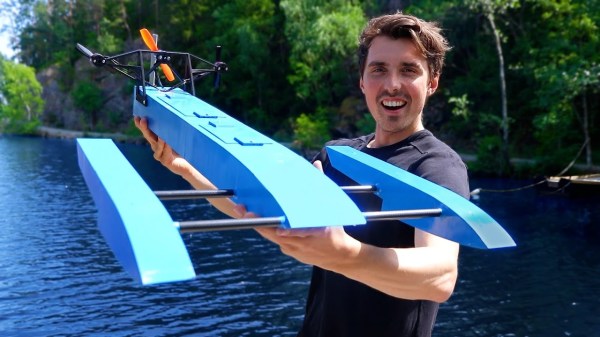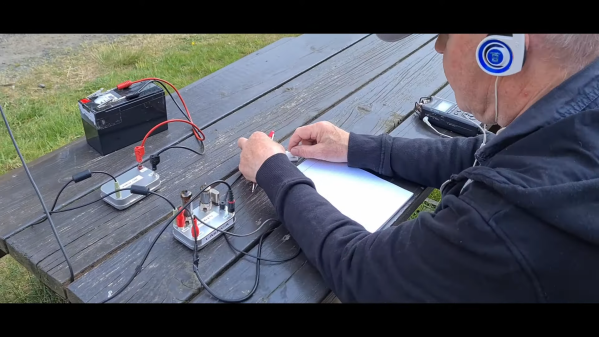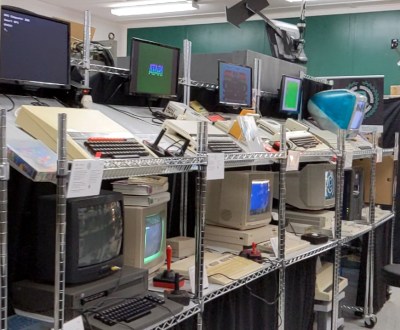Regular hulled boats are all well and good for rowing and all, but if you wanna go fast, you’ve gotta cut your draft. [RCLifeOn] built a hydroplane design that skims on the very surface of the water, and thus travels very quickly as a result.

The build came about as [RCLifeOn] has an upcoming race which he wishes to win with speed and finesse. To that end, he 3D printed an RC hydroplane, using spray paint and spackle to waterproof the parts. It’s a trimaran design, with the large central hull connected to two pontoons via carbon fiber rods. Propulsion is via a triple-motor fan setup on the rear of the boat.
The outer motors were initially used to steer the boat via variable thrust, which comes with zero drag penalty compared to a conventional rudder. However, they proved ineffective, and a servo driven rudder was used instead. Eventually, all three motors were reconfigured for forward thrust.
The boat worked well when it was able to get up to speed and hydroplane over the surface of the water. However, it was difficult to film, as even the weight of a GoPro was enough to keep it stuck on the water’s surface. Instead [RCLifeOn] used his electric surfboard as a chase rig to film the boat — a neat trick itself. Continue reading “Hydroplaning Boat Skims Over Water”



















